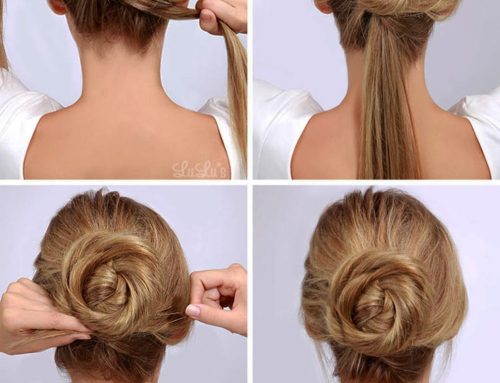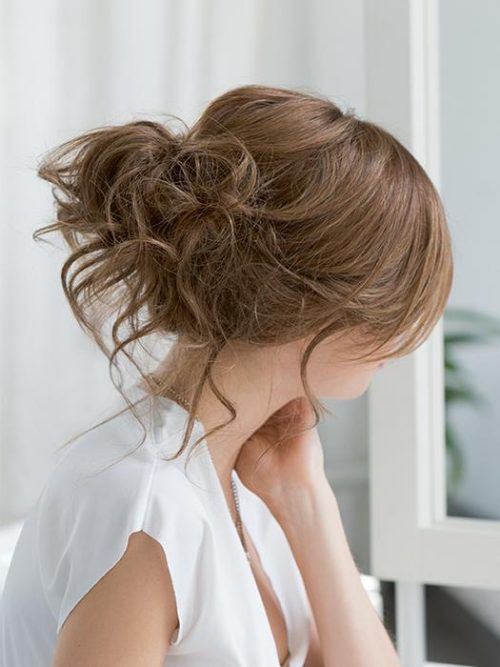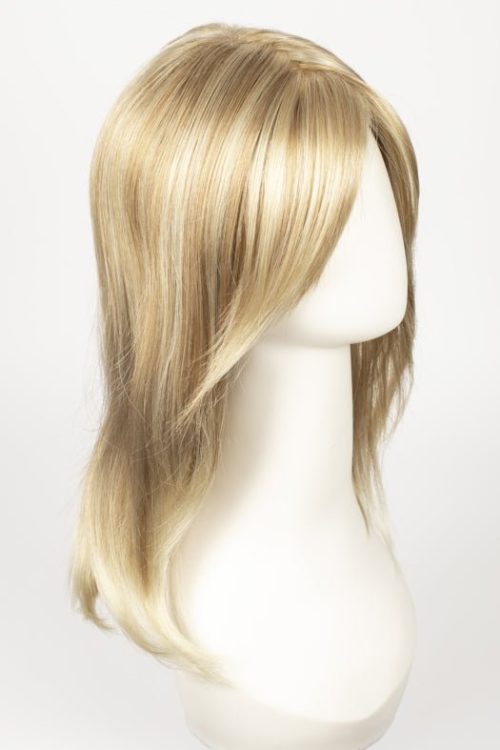Can Braids Cause Hair Loss? Everything You Need to Know
Braids are more than just a hairstyle—they’re a vibe, a statement, and for many, a piece of culture wrapped into every twist and knot. From box braids to cornrows, they’ve been around for thousands of years, popping up in ancient African tribes and now slaying on red carpets. But here’s the question buzzing around: Can braids cause hair loss? If you’ve ever felt a tug at your scalp or noticed a few extra strands on your pillow, you’re not alone. Let’s dig into this topic with fresh eyes, uncover some hidden truths, and figure out how to keep your hair thriving—braided or not.
This isn’t just about yes or no. We’re going deep—exploring the science, spilling some surprising facts, and giving you practical tips you won’t find everywhere. Ready? Let’s unbraid the mystery!
What Are Braids, Anyway?
Braids are like the Swiss Army knife of hairstyles—versatile, protective, and oh-so-cool. They’re made by weaving three or more strands of hair together, sometimes with extensions added for length or flair. Think of them as a shield for your locks, especially if your hair is curly or prone to breakage. But here’s the kicker: not all braids are created equal. Tight cornrows might feel like a crown, while loose twists could be your chill weekend look.
A Little History Lesson
Did you know braids go back over 5,000 years? In ancient Egypt, people rocked them as a sign of status—pharaohs and queens included! Fast forward to today, and they’re a global trend, from TikTok tutorials to celebrity selfies. But here’s a fun tidbit: in some cultures, braids were secret maps—used to guide enslaved people to freedom. Talk about hair with a purpose!
Why People Love Braids
- Low Maintenance: Once they’re in, you’re good for weeks.
- Protection: They tuck your ends away from wind, sun, and split-end disasters.
- Style Points: From beads to colors, braids let you flex your personality.
But with all this love, could there be a downside? Let’s find out.
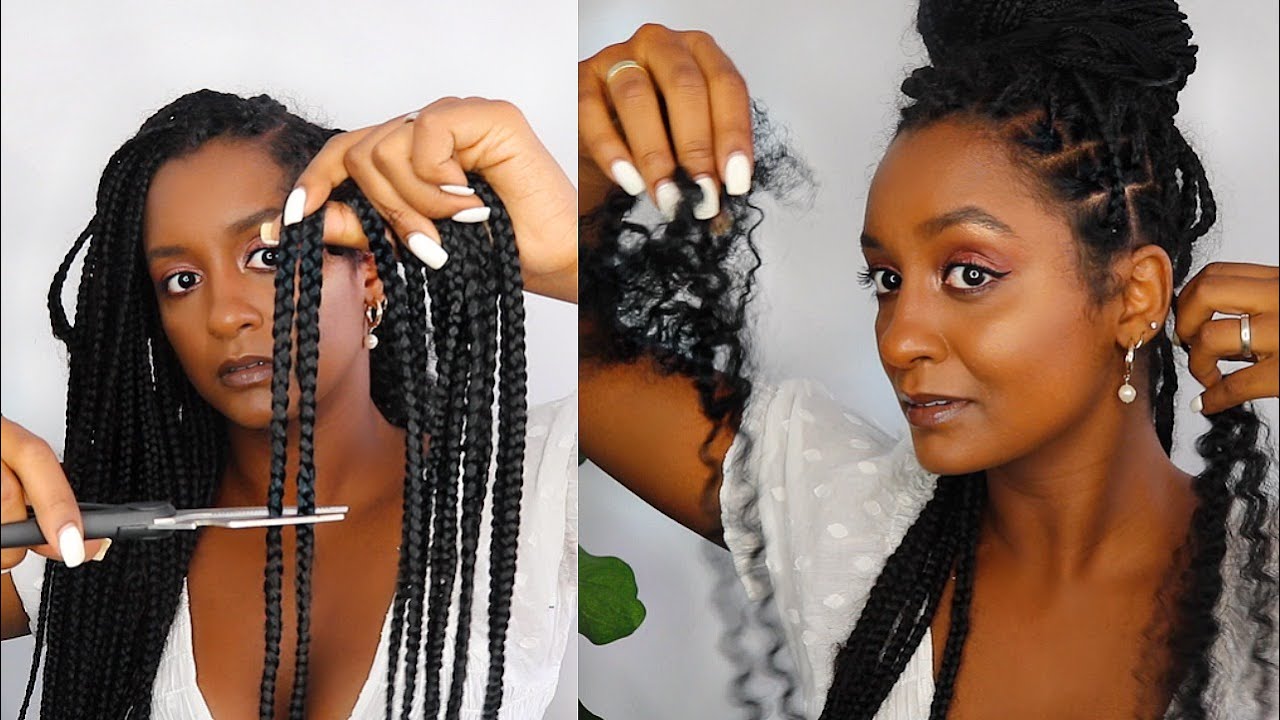
Can Braids Really Cause Hair Loss? The Truth Unveiled
Short answer: Yes, they can—but it’s not the braids themselves, it’s how they’re done. Hair loss from braids usually ties back to something called traction alopecia. Sounds scary, right? Don’t worry—we’ll break it down.
What Is Traction Alopecia?
Traction alopecia is hair loss caused by constant pulling on your hair follicles. Imagine your scalp as a garden: if you keep yanking at the plants, they’ll eventually stop growing. That’s what happens when braids are too tight or left in too long.
- Science Bit: A 2019 study in the Journal of the American Academy of Dermatology found that 31.7% of women with relaxed or permed hair showed signs of traction alopecia, often linked to tight styles like braids.
- Who’s at Risk? It’s more common in people who wear tight hairstyles regularly—like dancers, athletes, or anyone obsessed with sleek ponytails.
How Braids Play a Role
Braids don’t naturally shed hair—they hold it in place. But if they’re pulling too hard:
- Your hairline might thin out (hello, receding edges!).
- Follicles get stressed and can stop producing new hair.
- You might see bald patches where the tension’s worst.
Here’s a secret not everyone talks about: the weight of extensions matters too. Heavy braids can tug even more, especially if you’re swinging them around like a superhero cape.
Signs Your Braids Are Trouble
✔️ Pain or soreness on your scalp after braiding.
✔️ Redness or bumps where the braids start.
✔️ Extra hair falling out when you take them down.
❌ No pain? You’re probably in the clear—healthy braids shouldn’t hurt.
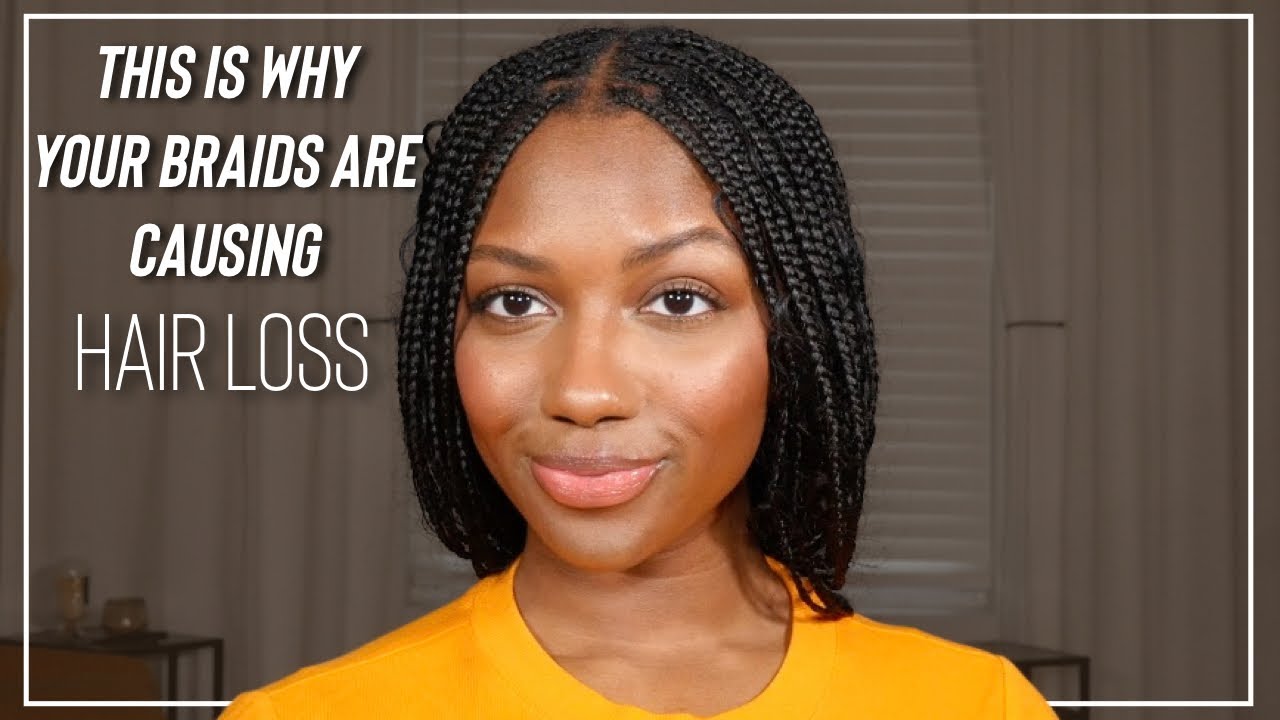
The Science Behind Hair and Braids
Let’s get nerdy for a sec. Your hair isn’t just sitting there looking pretty—it’s alive (well, kind of). Understanding how it works can explain why braids might mess with it.
Hair 101: How It Grows
Your hair grows from tiny pockets in your scalp called follicles. Each follicle has a cycle:
- Anagen (Growth): Hair gets longer—lasts 2-7 years.
- Catagen (Transition): Growth slows—about 2-3 weeks.
- Telogen (Rest): Hair chills out, then falls—3 months or so.
Braids don’t stop this cycle, but tight ones can damage the follicle itself, kicking it out of the game early.
What Research Says
Experts have been digging into this. Dr. Amy McCart, a dermatologist, once said, “Repeated tension on the hair follicle can lead to inflammation, and over time, that damage becomes permanent.” Studies back her up:
- A 2021 report found that tight hairstyles increase follicle stress by up to 40%.
- Chronic pulling can scar the scalp, making hair regrowth impossible.
The Curly Hair Connection
If you’ve got curly or coily hair (like 3C or 4A types), you might notice more breakage. Why? Curly hair is naturally fragile—its bends make it prone to snapping. Braids can protect it, but only if they’re not strangling your scalp.
Myths vs. Facts: Busting Braid Rumors
There’s a ton of chatter out there about braids and hair loss. Let’s sort the truth from the TikTok tales.
Myth #1: Braids Always Cause Hair Loss
Fact: Nope! Done right, braids can prevent breakage by shielding your ends. It’s the tight, heavy ones that cause drama.
Myth #2: Hair Loss from Braids Is Permanent
Fact: Not always. Catch it early, switch up your style, and your hair can bounce back. But if scarring happens, it’s game over for those spots.
Myth #3: Braids Make Your Hair Grow Faster
Fact: Sorry, fam—braids don’t speed up growth. They just hold onto hair that’d normally shed, making it seem longer. Growth happens at the follicle, not the braid.
Who’s Most Likely to Lose Hair from Braids?
Hair loss isn’t a one-size-fits-all deal. Some folks are more at risk than others. Let’s break it down.
Texture Matters
- Curly/Coily Hair: More fragile, so tight braids hit harder.
- Straight Hair: Less breakage, but still not immune to traction.
Lifestyle Vibes
- Braiding Addicts: If you’re rocking braids 24/7 without breaks, your scalp’s begging for mercy.
- Kids: Little ones with tight styles (think school braids) can lose edges early.
Health Check
Got a scalp condition like psoriasis? Or maybe you’re low on iron? These can make hair loss worse, braids or not. A 2023 study showed 20% of people with nutrient deficiencies noticed more shedding with tight styles.
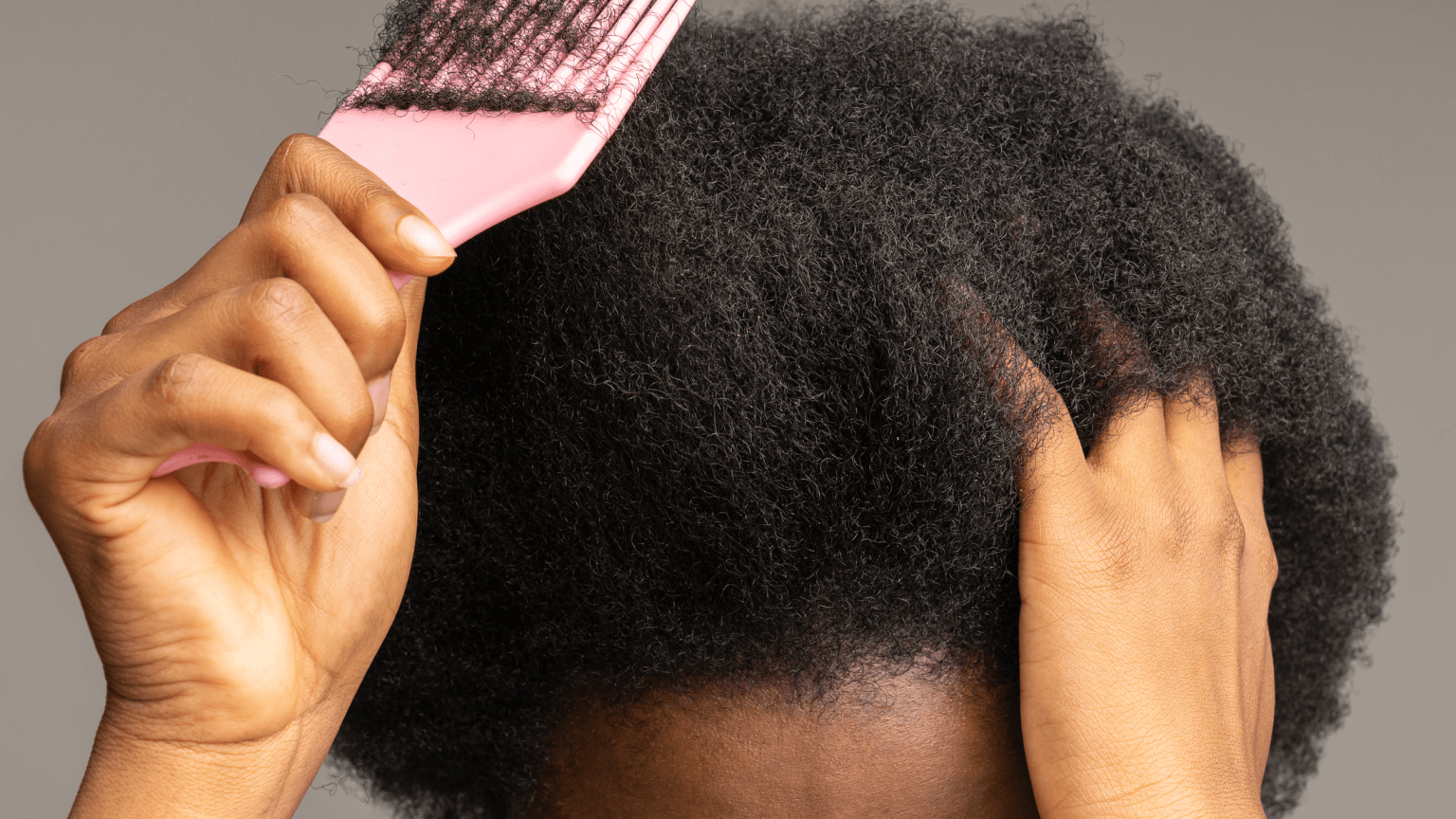
How to Braid Without Losing Your Hair
Good news: you don’t have to ditch braids to keep your hair. Here’s how to slay the style and your scalp health.
Pick the Right Style
✔️ Loose Braids: Less tug, more love. Think jumbo twists over micro braids.
✔️ Light Extensions: Skip the super heavy ones—your scalp will thank you.
❌ Avoid tiny, tight braids if your edges are already thin.
Braid Like a Pro
- Start with Clean Hair: Wash and condition first—healthy hair handles braids better.
- Moisturize: Dry hair snaps easier. Use a leave-in conditioner.
- Don’t Pull: Tell your stylist to ease up—pain’s a red flag.
Maintenance Hacks
- Scalp Massage: Boost blood flow with a 5-minute rub every few days.
- Clean It: Shampoo your scalp every 1-2 weeks to avoid buildup.
- Time Limit: Keep braids in for 6-8 weeks max—longer adds stress.
Dr. Crystal Aguh, a hair loss expert, says, “The key is balance—give your hair breaks between styles to recover.” Smart, right?
What to Do If You’re Already Losing Hair
Noticed some thinning? Don’t panic—here’s your rescue plan.
Spot the Damage Early
- Check Your Edges: Are they receding? That’s traction alopecia’s fave spot.
- Feel Your Scalp: Bumps or soreness mean it’s time to rethink your style.
Fix It Fast
- Take ‘Em Out: Remove tight braids ASAP—give your scalp a breather.
- Hydrate: Slather on a moisturizing oil (like castor or jojoba).
- See a Doc: If it’s bad, a dermatologist can check for scarring.
Regrowth Tips
- Scalp Care: Use a gentle growth serum—minoxidil’s a fan fave.
- Diet Boost: Load up on biotin and protein (eggs, nuts, fish).
- Patience: Hair grows about half an inch a month—give it time.
Braids as a Protective Style: The Flip Side
Here’s where it gets juicy: braids can actually save your hair if you play it smart.
The Protective Power
- Less Breakage: Tucked-in ends dodge daily wear and tear.
- Weather Shield: No more frizz from rain or sun damage.
- Growth Bonus: Retained length makes your hair look longer over time.
Real-Life Win
Take Mia, a 14-year-old braid lover I know. She switched from tight cornrows to loose box braids after noticing thin edges. Six months later? Her hairline’s filling back in. Proof it’s all about technique!
Latest Research: What’s New in 2025?
Science isn’t snoozing on this. Here’s what’s fresh off the lab bench as of March 2025.
Tension Studies
A 2024 study tested scalp tension with tight vs. loose braids. Results? Tight styles increased follicle stress by 35% more than loose ones. Looser is officially better!
Nutrient Link
New data ties low vitamin D to worse hair loss with braids. About 25% of braid-wearers with deficiencies saw more shedding. Solution? Pop a supplement if your doc agrees.
Tech Twist
Ever heard of scalp sensors? They’re in the works—tiny gadgets to measure braid tension in real time. Not here yet, but imagine knowing exactly when your style’s too tight!
FAQs: Your Burning Braid Questions Answered
Got Qs? I’ve got As—straight from the braid trenches.
Do Braids Hurt Hair Growth?
Nope—they don’t slow growth unless they’re damaging follicles. Healthy braids = happy hair.
How Long Is Too Long for Braids?
Over 8 weeks, tension builds as your hair grows out. Stick to 6-8 for safety.
Can Kids Wear Braids?
Yes, but keep ‘em loose—kids’ scalps are extra sensitive.
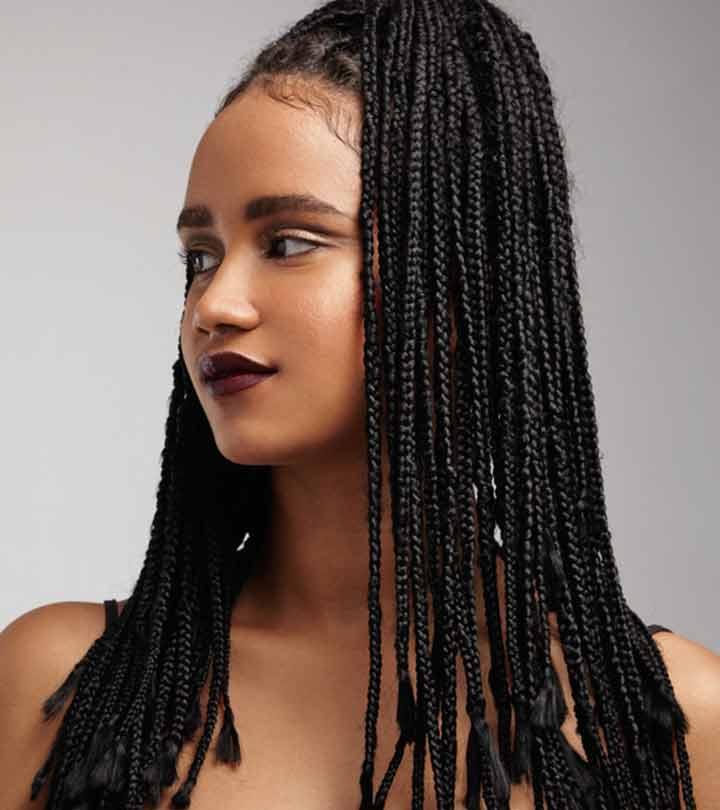
Your Braid Game Plan: A Step-by-Step Guide
Ready to braid without the drama? Here’s your foolproof checklist.
Before You Braid
- Wash Up: Clean scalp = strong start.
- Detangle: No knots, no stress.
- Moisturize: Dry hair’s a no-go—use a creamy conditioner.
During the Braid Session
✔️ Ask for medium tension—firm but not painful.
✔️ Pick lightweight extensions if you’re adding them.
❌ Say no to styles that hurt right away.
Aftercare Routine
- Nighttime: Wrap your braids in a silk scarf—less friction, more shine.
- Weekly: Spray a water-and-oil mix to keep things hydrated.
- Break Time: After 6-8 weeks, let your hair chill loose for a bit.
Let’s Talk: Your Turn!
Braids are personal—everyone’s got a story. Maybe you’ve got a killer braid hack or a hair loss scare you bounced back from. Spill it!
- What’s your go-to braid style?
- Ever had a braid disaster? How’d you fix it?
- Got a question I missed? Drop it below!
Let’s keep this convo going—your tips might save someone’s edges!
